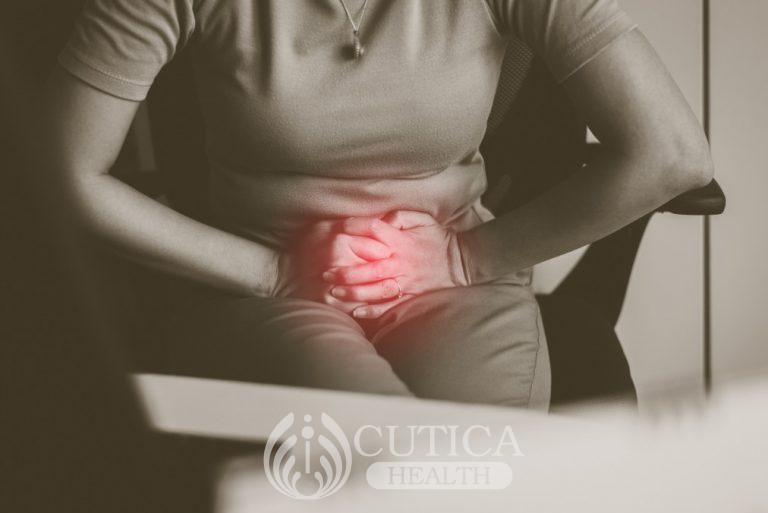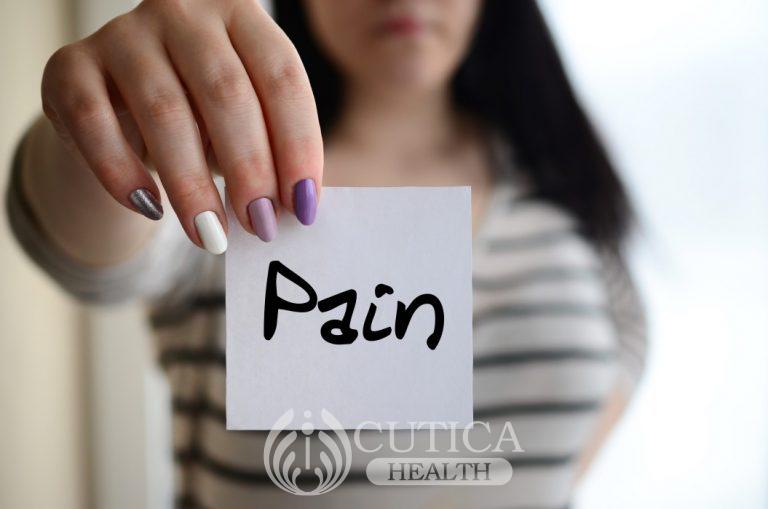
Mikhaela is a 23-year-old woman who has been experiencing abdominal pain ever since she was a young girl. Over the years, her parents have taken her to many doctors, hoping to find the cause of her ‘stomach problems’. It started off as pain and cramps until she started experiencing loose bowel movements. This caused her a lot of distress because she often found herself needing to go to the bathroom in the middle of her classes or on a date. She also found it hard to eat because of the occasional nausea and vomiting. Recently, she underwent a lot of imaging procedures, and eventually had a procedure called colonoscopy during which samples of her bowel were taken and examined under the microscope. When the doctor called to tell her she had Crohn’s disease, she felt relieved that she had a diagnosis, though she had no clue what this meant. She was more than ready to begin her journey to better health.
What is Crohn’s Disease?
Crohn’s disease is a condition found in the gastrointestinal (GI) tract, and falls under a broader disease umbrella known as inflammatory bowel disease (IBD). The exact cause of IBD is unknown, though it is thought to be related to malfunction in the person’s immune system. As the name implies, inflammation is seen in the lining of the GI tract, which can eventually progress to swelling, bleeding, and ulceration.
Diseases that fall under IBD are quite similar in terms of symptoms; however, symptoms generally depend on which area of the GI tract is involved.

Crohn’s disease can affect any area on the GI tract. This means that anywhere from your mouth to your anus can be affected. There are three things that can possibly happen in the affected areas and these are: inflammation, strictures (narrowing), and fistulas (abnormal tube-like connection). Most importantly, all layers of the bowel are affected in Crohn’s disease, and the affected areas are discontinuous. This means that there will be areas of normal bowel in between the affected areas, and these are called “skip lesions”.
Typically, people with Crohn’s disease may experience any or even all of the following:
- Low-grade fever, dehydration, abnormally fast heartbeat
- nausea and vomiting
- diarrhea with or without blood or mucus
- constipation (especially if the affected area is in the rectum)
- abnormalities in bowel movements such as pain, bleeding, and urgency
- abdominal cramps usually felt in the right lower quadrant (a mass can sometimes be felt)
How can I manage these symptoms?

Crohn’s disease signs and symptoms can become very uncomfortable and severe. Because it is a chronic (long-term) disease, being able to manage and control your symptoms will help improve your quality of life and also help prevent you from experiencing severe complications.
Take note that your doctor may prescribe you with medications such as antibiotics, steroids, and immune modifiers, however there are some things that only you can do in order to help with your recovery.
- diet: ask your doctor what type of diet is best for your particular situation
- supplement with multivitamins
- avoid smoking since smoking seems to lessen response to medical therapy
- exercise: has been shown to improve symptoms and quality-of-life in patients with Crohn’s disease and other forms of IBD
Remember to always consult your doctor before making any radical changes in your diet and lifestyle. This ensures that these changes will benefit you and will not cause you any harm. Surgery may be needed in some severe cases.












